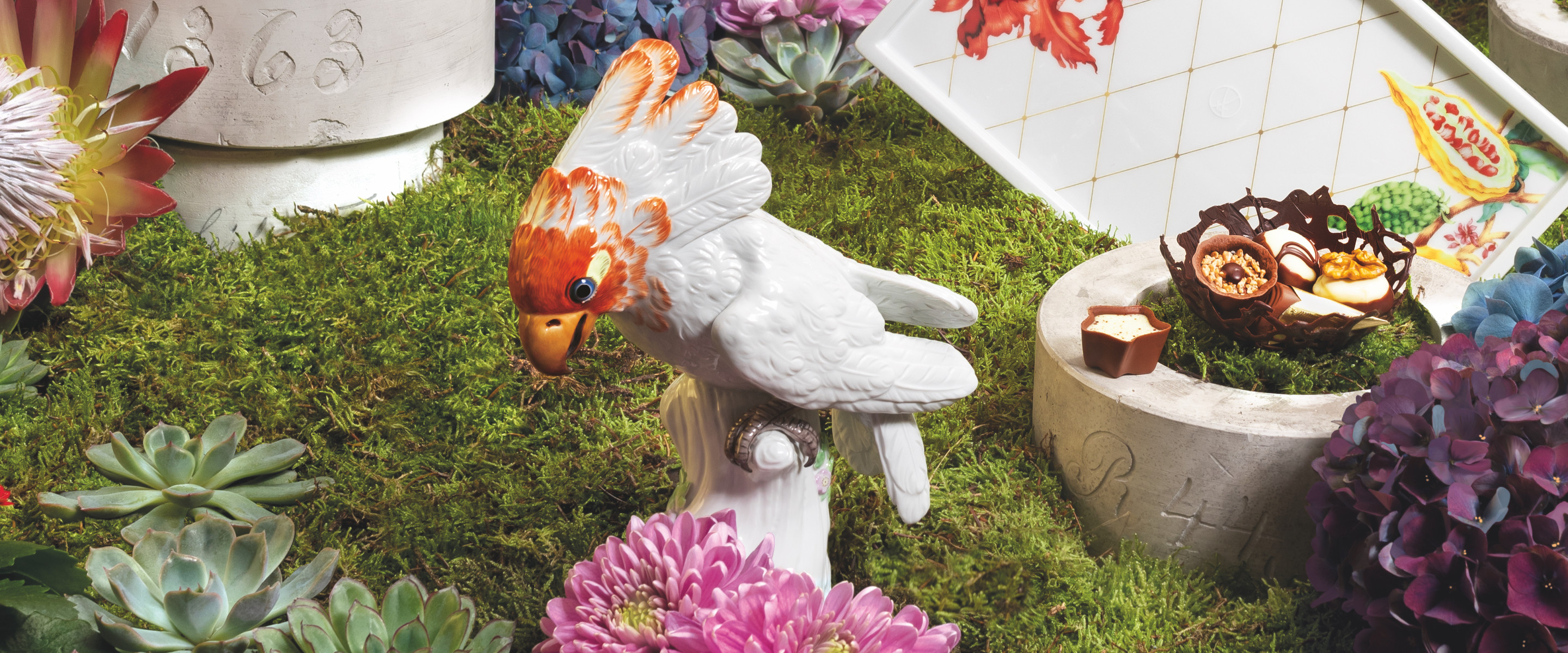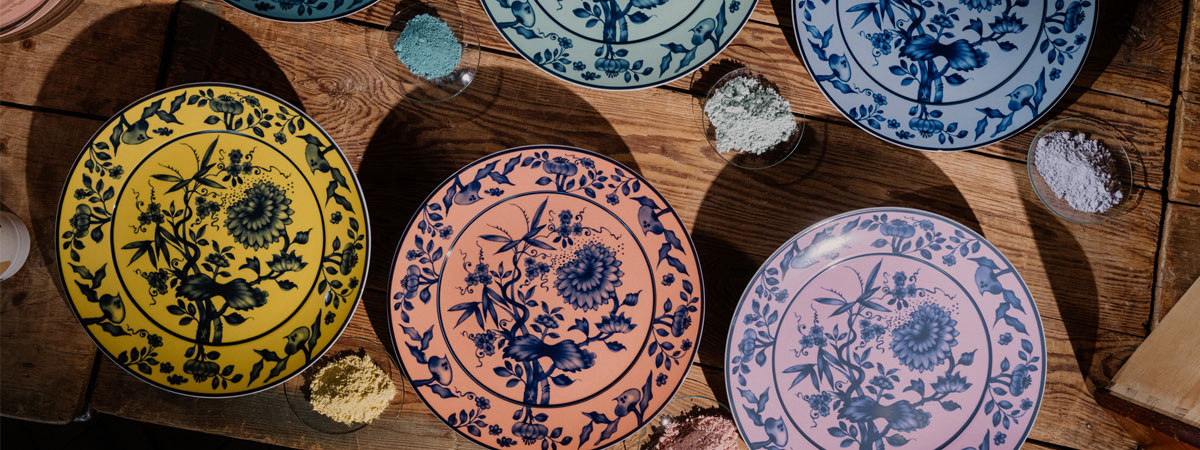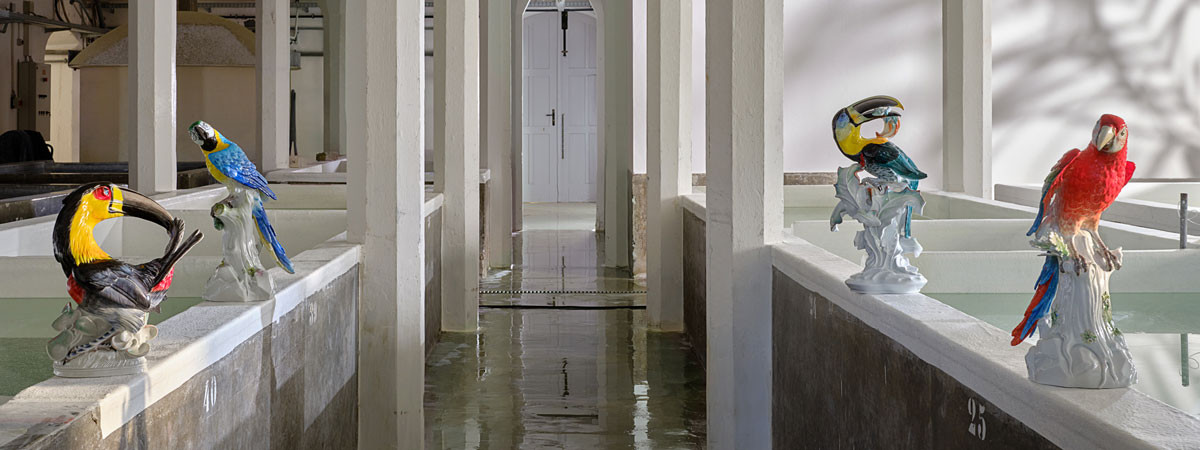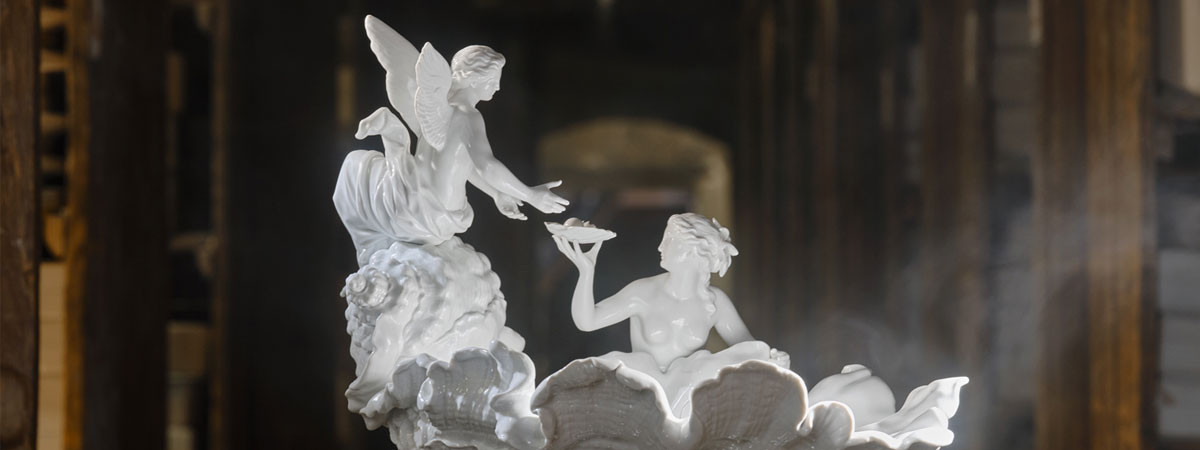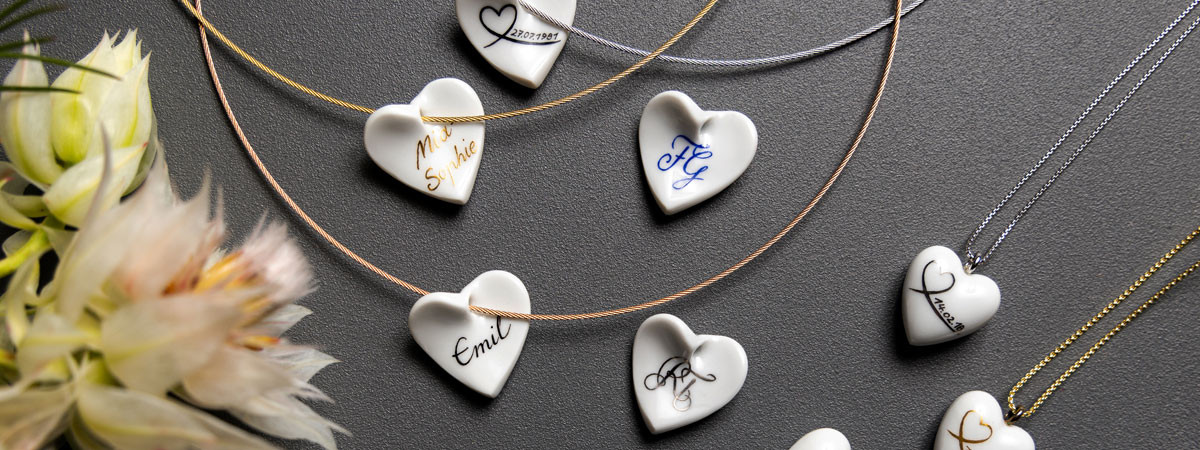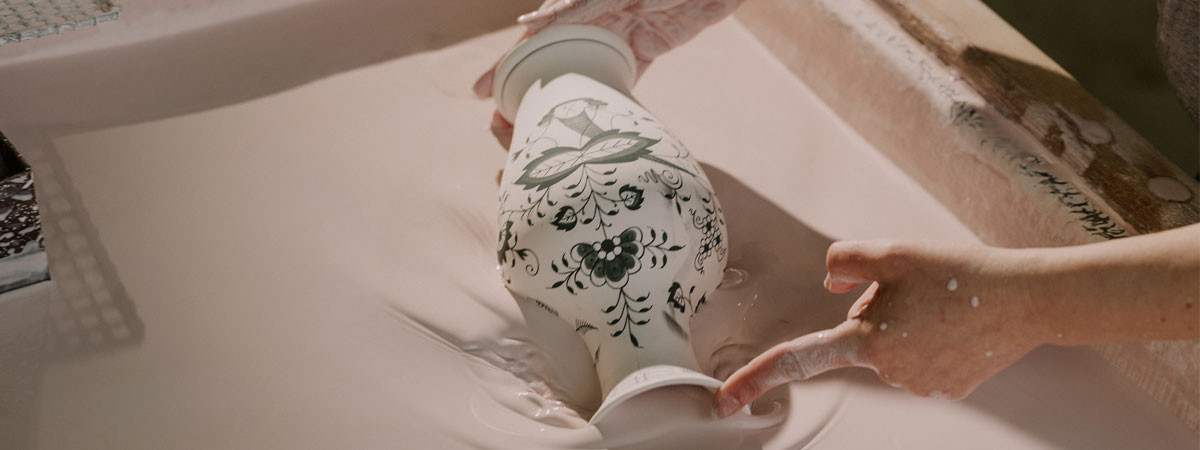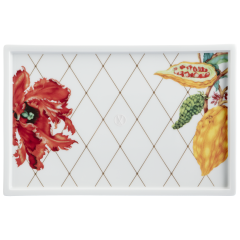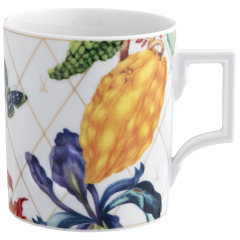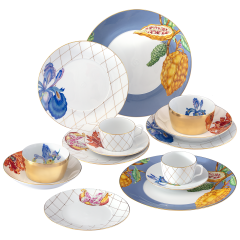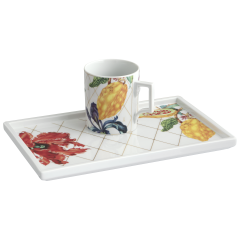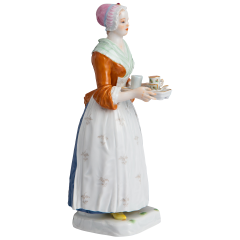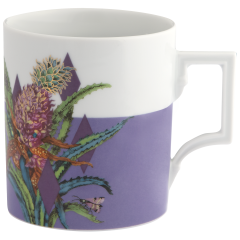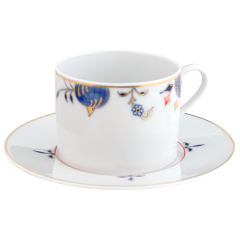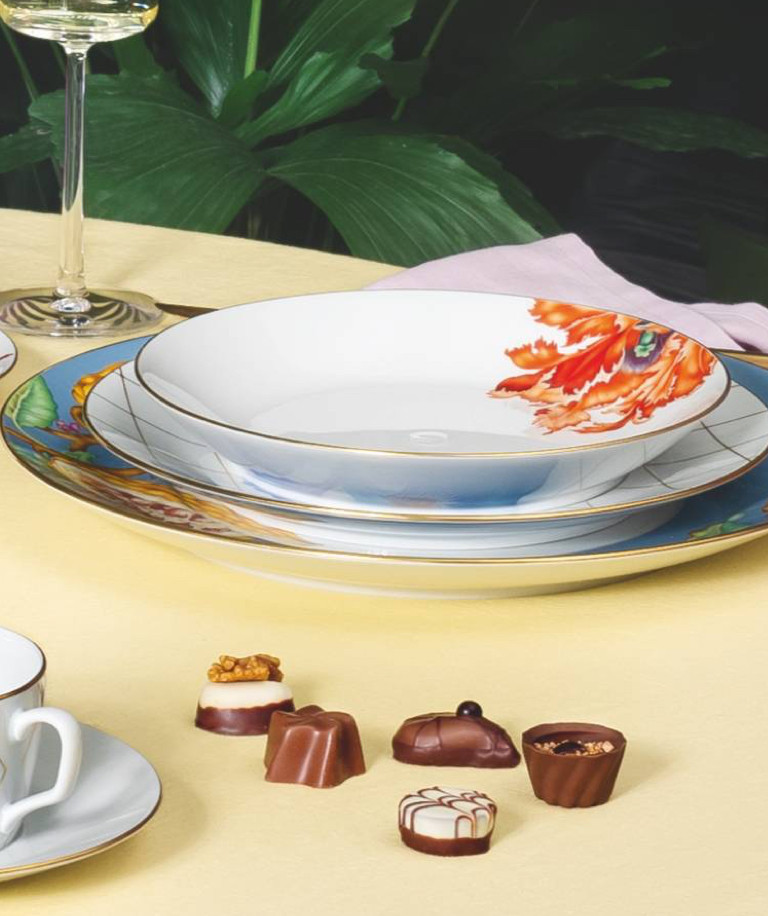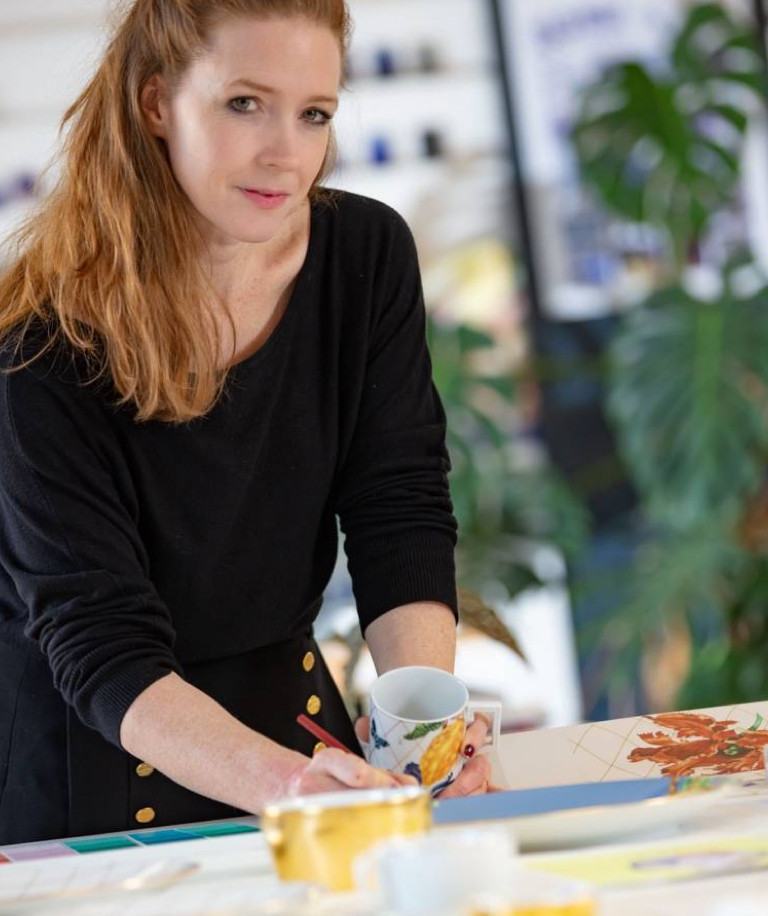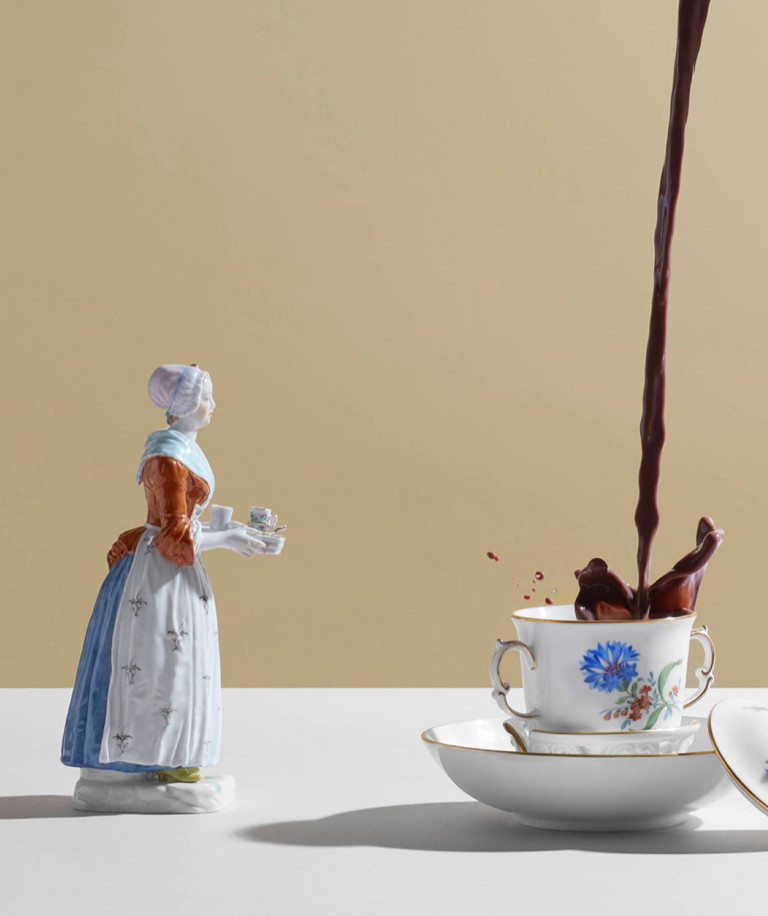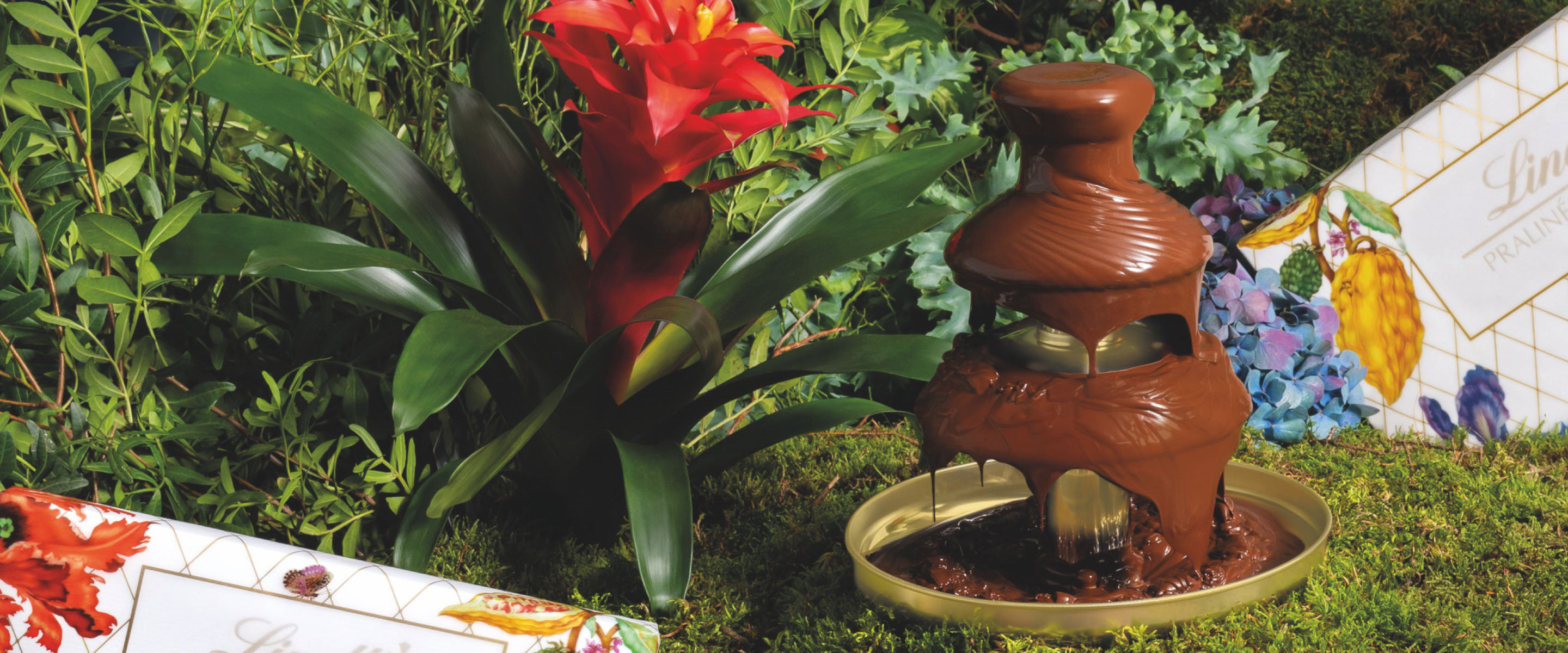
From the cacao bean to the finished chocolate
#Chocolatejourney
-
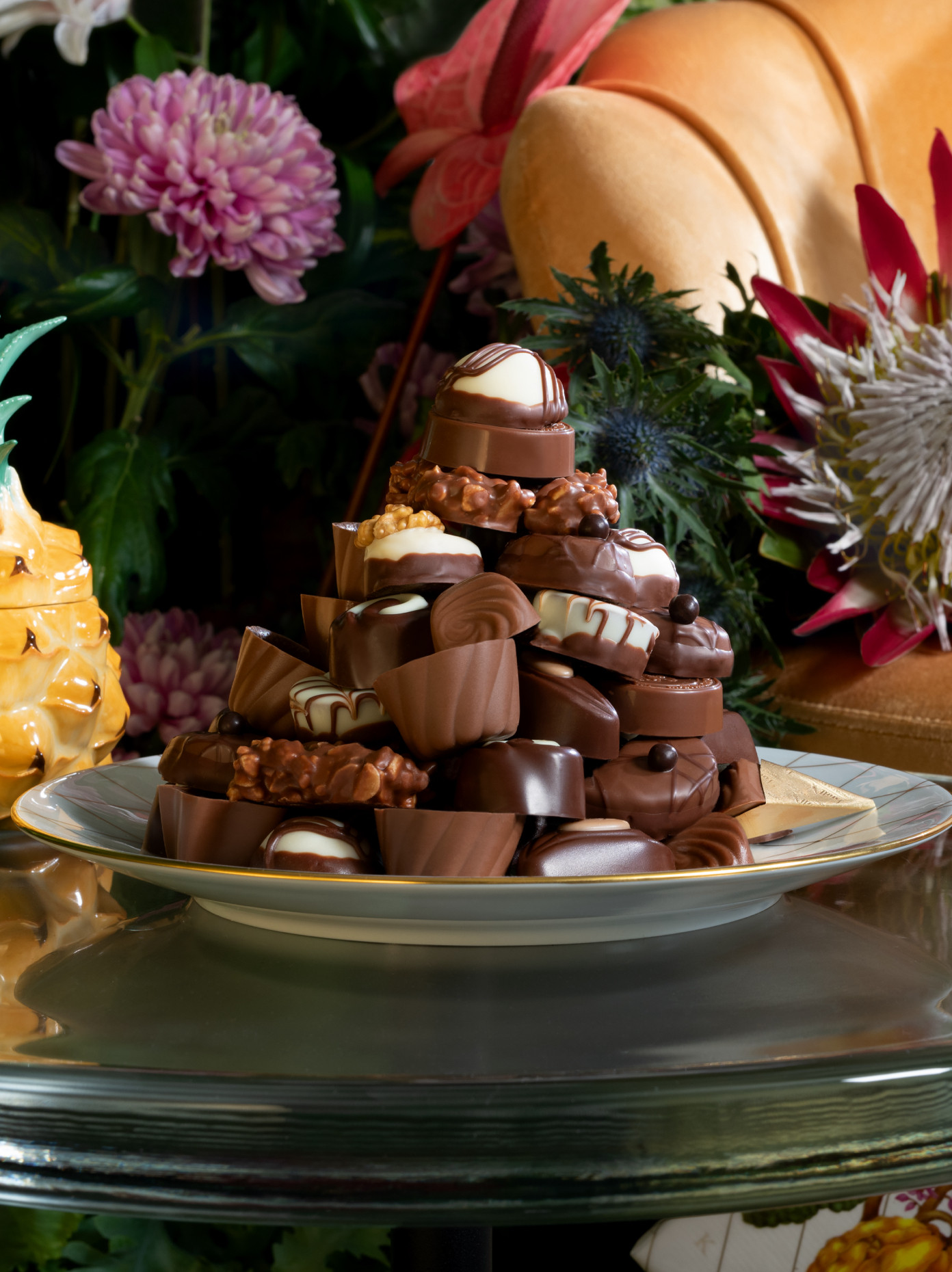 Chocolate is truly a sweet temptation that has rightly conquered the hearts of many people around the world. But what does all this have to do with porcelain? There is much more in common between white gold and chocolate than one might suspect at first glance. Just like porcelain, this delicious treat has to go through a long, fascinating process before we can hold it in our hands and enjoy it to the full. And it all starts with a wonderful raw material - what porcelain has its kaolin, chocolate has its cacao bean.
Chocolate is truly a sweet temptation that has rightly conquered the hearts of many people around the world. But what does all this have to do with porcelain? There is much more in common between white gold and chocolate than one might suspect at first glance. Just like porcelain, this delicious treat has to go through a long, fascinating process before we can hold it in our hands and enjoy it to the full. And it all starts with a wonderful raw material - what porcelain has its kaolin, chocolate has its cacao bean.
The origin lies in the cacao plantations, which are mainly found in the tropical regions around the equator. There, the cacao beans grow in large pods about the size of a football on the cacao trees. The farmers harvest the pods and separate the beans from the sweet flesh. They then ferment the beans by stacking them in flat boxes and covering them with banana leaves. During fermentation, the beans develop their characteristic aroma. After fermentation, the beans are dried to reduce their moisture and improve their shelf life. Then the actual processing begins in the chocolate factories.
The dried cacao beans are roasted to loosen their shells and further develop the flavour. The shells are removed and the inner seeds, called cocoa nibs, are extracted. These cocoa nibs are the basis for chocolate production. The cacao nibs are ground to obtain a viscous liquid called cocoa mass or cocoa liquor. This contains both cocoa butter and cocoa solids. Depending on the type of chocolate desired, the cocoa mass can be further processed. Pressing the mass extracts cocoa butter, which is later mixed again with cocoa powder and sugar to make chocolate couverture.
„All you need is love. But a little chocolate now and then doesn't hurt.“
Charles Monroe Schulz
Charles Monroe Schulz
-
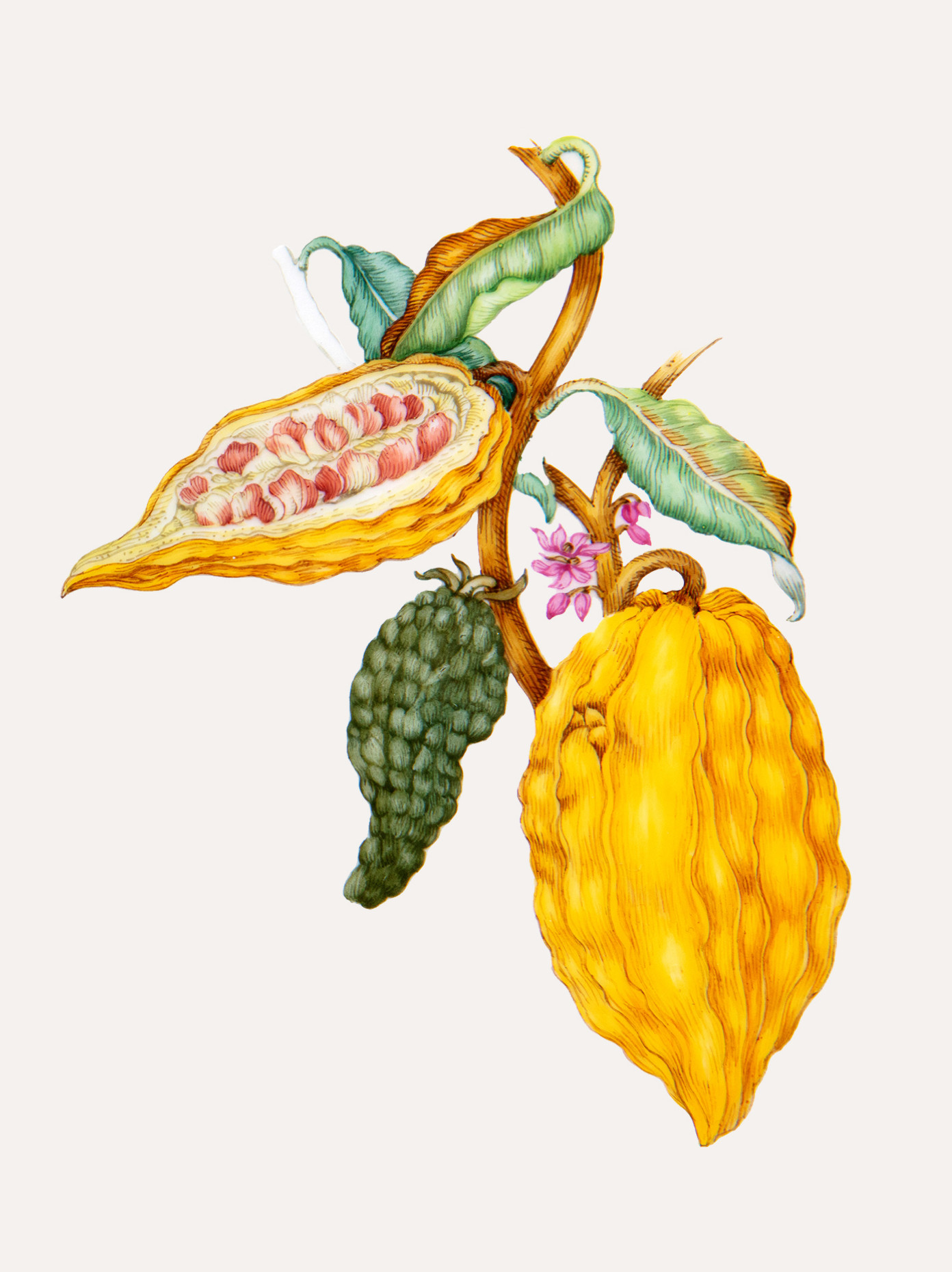 The chocolate dough is then rolled to achieve a smooth consistency and develop the fine texture of the chocolate. At this point, other ingredients can be added as needed, such as milk powder for milk chocolate, nuts, fruits or spices for different varieties. The final step is tempering, a crucial process to make the chocolate glossy and crisp. During this process, the chocolate is heated to certain temperatures and cooled to bring the cocoa butter crystals into a stable shape. Finally, the chocolate is ready to be poured into moulds, formed into bars or made into other delicious treats. The journey from cacao bean to finished chocolate is undoubtedly a demanding and artful process, carried out with dedication to detail so that we can finally enjoy it with full enthusiasm.
The chocolate dough is then rolled to achieve a smooth consistency and develop the fine texture of the chocolate. At this point, other ingredients can be added as needed, such as milk powder for milk chocolate, nuts, fruits or spices for different varieties. The final step is tempering, a crucial process to make the chocolate glossy and crisp. During this process, the chocolate is heated to certain temperatures and cooled to bring the cocoa butter crystals into a stable shape. Finally, the chocolate is ready to be poured into moulds, formed into bars or made into other delicious treats. The journey from cacao bean to finished chocolate is undoubtedly a demanding and artful process, carried out with dedication to detail so that we can finally enjoy it with full enthusiasm.
Just as porcelain has its diversity, so does chocolate: it is far more than just a sweet treat. Both materials have the potential to be crafted into magical works of art that seduce our senses and elevate pleasure to a new level. Just think of the finest pralines, which delight our taste buds in unusual and refined combinations. Equally enchanting is the finest porcelain painting, which transforms porcelain into a work of art in filigree patterns and vivid colours. And when the two come together, as in our Lindt x MEISSEN collection, the result is a symbiosis of the senses that is a true feast for the eyes and the palate.
